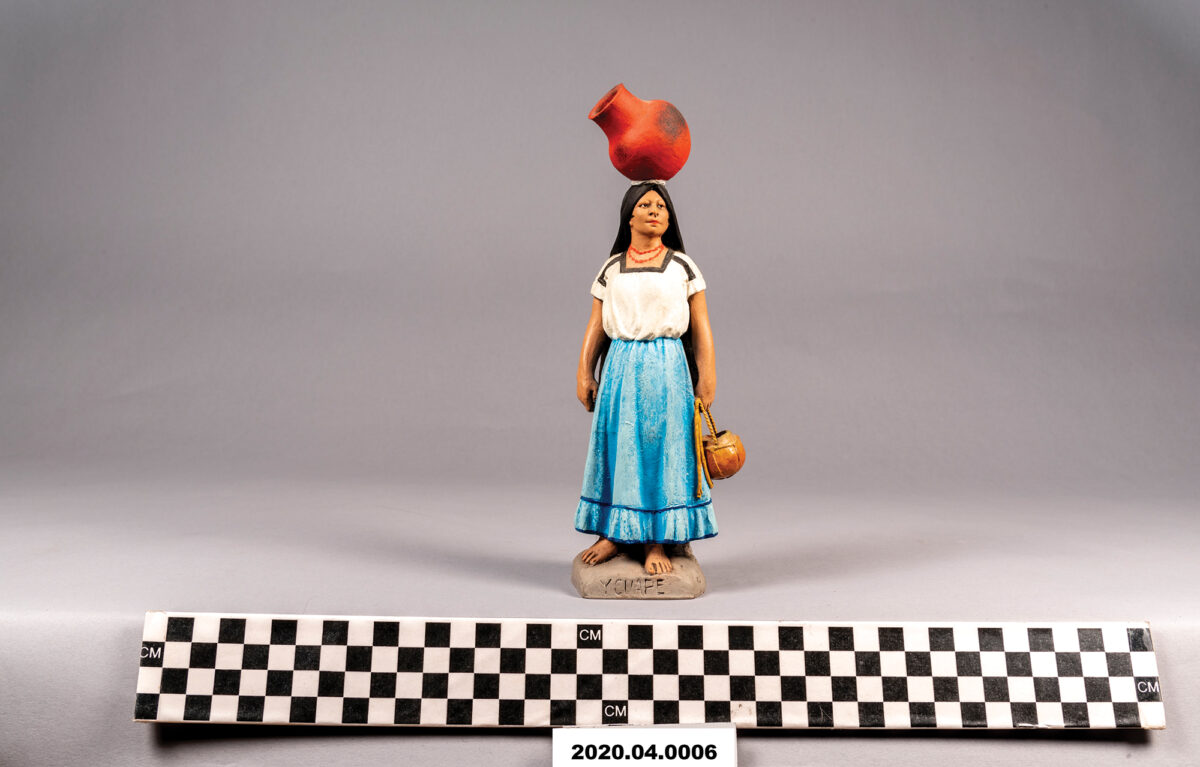
Throughout my studies as a budding art historian, I have learned what art means to everyone. For some, art is a collection of aesthetics, carefully curated by the artist. While for others, art is the visual expression of their culture. I focused my studies onto topics I was unfamiliar with; most of my art history knowledge was about European arts, so it was essential for me to expand my understanding to the entire world. I soon learned that art is not limited to displays, as it preserves memories, as the artistry and designs carry cultural significance. I found it important for someone to preserve these memories, and I found out I should be the one to help.
As an art history major, I had amazing experiences with museum work, one with being an assistant registrar at the Spurlock Museum of World Cultures. I learned how to handle artifacts, research to find their histories, understand the artisanship, and document the stories behind each piece. I understood that art is beyond paintings and sculptures, as there are other means to express artistically. I had the opportunity to help curate a small exhibit at Spurlock, using the most recent acquisitions from Latin American countries. Thirteen clay figurines, created by Serafín Marsal, were meant to go on display, along with another artifacts. I spent weeks researching these figurines, ensuring I understood the cultural significance well.
Serafín Marsal was an artist in Paraguay, who created countless of clay figurines. Although the figure was created through molds, Marsal hand-finished each piece, ensuring every piece is unique. Marsal’s figures depict ordinary Paraguayans participating in everyday activities from the mid-20th century. The platforms which each figure stands on have inscribed names in Guaraní, which describe the actions or jobs they are completing. One of the figurines on display was Clay Figurine: Woman with Clay Pot on Her Head. Created in the mid 20th century, the figurine depicts an indigenous woman, with a large red pot on her head. The stand has the word “ycuape” engraved, which means “woman” in Guaraní. The figure consists of a generic female body mold, although entirely hand painted with soft strokes and bright colors. Marsal attempts to imitate fabric through molding folds in the clay and subtle shading. The piece is a doll-like memory of the Paraguayan past.
I passed by the display during work one time and noticed a family by the case display. A father pointed at the figurine with the clay pot, and began sharing a story. His two daughters watched him as he explained, bubbling different questions, as it led him to share new stories. As I stood there, I knew why I wanted to study art history.
